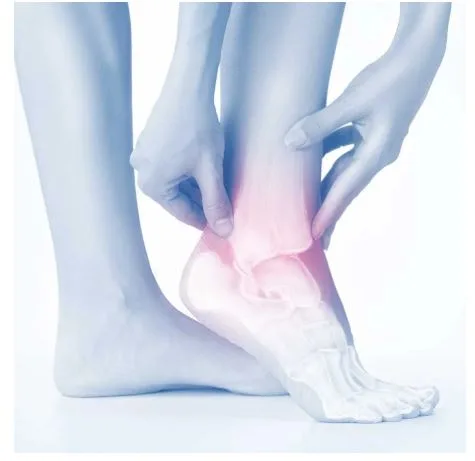Why Box Pallets Matter More Than Ever in Modern Storage
Why A Simple Shift in Storage Can Change Everything
Not every guide starts by slowing things down, but that is exactly what helps us see storage with a clearer mind. When we pause long enough to notice how many tasks depend on simple tools, the whole idea of warehouse order feels different. This guide grows from that moment of clarity. It focuses on why storage choices shape safety, speed, and calm work, and why one item in particular stands at the centre of smoother movement. That is where box pallet systems step in, giving structure to busy days and reducing the stress that builds when space feels tight or cluttered.
In the next sections, the plan is simple. This guide explains what makes these tools useful, why they stay reliable even in tough settings, and how they support cleaner workflows. The goal is not to overwhelm with technical talk, but to give steady, clear ideas anyone can act on. You get straight answers, real logic, and steps that help workers move faster without feeling rushed. Every part connects to what people face daily in stockrooms, loading zones, and tight aisles.
By the end, the hope is that these insights help you spot gaps in your setup, fix them without fuss, and build storage systems that make sense even on the busiest days. This guide sets out to give practical help, simple checks you can repeat, and examples that make planning easier. With the right understanding, small changes lead to better flow, safer shifts, and more predictable work. This introduction sets the tone for a guide built for real tasks, real pressure, and real improvement.
How To Use Box Pallets for Better and Safer Storage
When you use box pallets the right way, you make storage easier to track and safer to move. You can stack goods without gaps. You get a simple system that keeps loads steady. You also save time because items stay in one place even when people move fast. Many businesses use them because they reduce breakage and speed up picking.
You can check a few points before setting them up. You should look at the weight of your goods. You should check the floor space. You should see how often each batch needs to move. When these parts are clear, you can match the right size and shape.
Box pallets also help when you deal with mixed stock. You can sort items by type without too much fuss. You get a clear top view. You reduce the chance of items slipping out. This is helpful when shifts run long or when new staff join.
Key points to keep in mind:
- Pick a size that fits your aisle width.
- Keep labels large and simple.
- Leave enough walking space around stacks.
Why Plastic Pallet Boxes Are a Smart Pick for Daily Work
Plastic pallet boxes stay strong even when used many times. They do not rust. They do not bend much. They clean fast, so you avoid messy buildup. Many teams choose them because they last longer and protect goods from moisture.
If you handle food, parts, or items with sharp edges, these boxes keep them safe from dust or bumps. The solid walls help during quick turns with a truck. They also work well for outdoor storage because rain does not damage them.
Users often note that these boxes help with planning. You can count items faster. You can set neat rows. You can place them on racks without fear of sagging. This means fewer delays and fewer returns.
Useful tips:
- Check the base for even weight support.
- Use lids for long-term storage.
- Clean using mild soap to extend life.
What Platform Trucks Do to Support Daily Movement
Platform trucks help move loads without much strain. You push them with one hand when the path is clear. They work in tight corners. They also help with quick moves between zones. When loads are heavy, these trucks save energy and reduce the chance of slips.
You should pick a truck with a strong handle. You should check the wheels, as smooth wheels help in tight aisles. You should avoid stacking loads too high. A low centre keeps the truck steady.
Many warehouse teams say platform trucks cut walking time. They help carry odd-shaped items that do not sit well on racks. They also help with returns or damaged stock movement.
Simple reminders:
- Check wheel locks often.
- Keep the platform clean.
- Do not overload past the rated weight.
What Does This All Mean for Your Storage Future
We want to help you build a warehouse that feels calm, easy, and ready for tough days. The gear you choose shapes how safe your team stays and how fast each task gets done. If you use the ideas in this guide, you get cleaner storage, safer handling, and fewer small problems that slow you down. If you want more guidance or need help picking the right setup, we are here to support you every step of the way. Please take the next step today and let us help you build a warehouse that works better for everyone.





